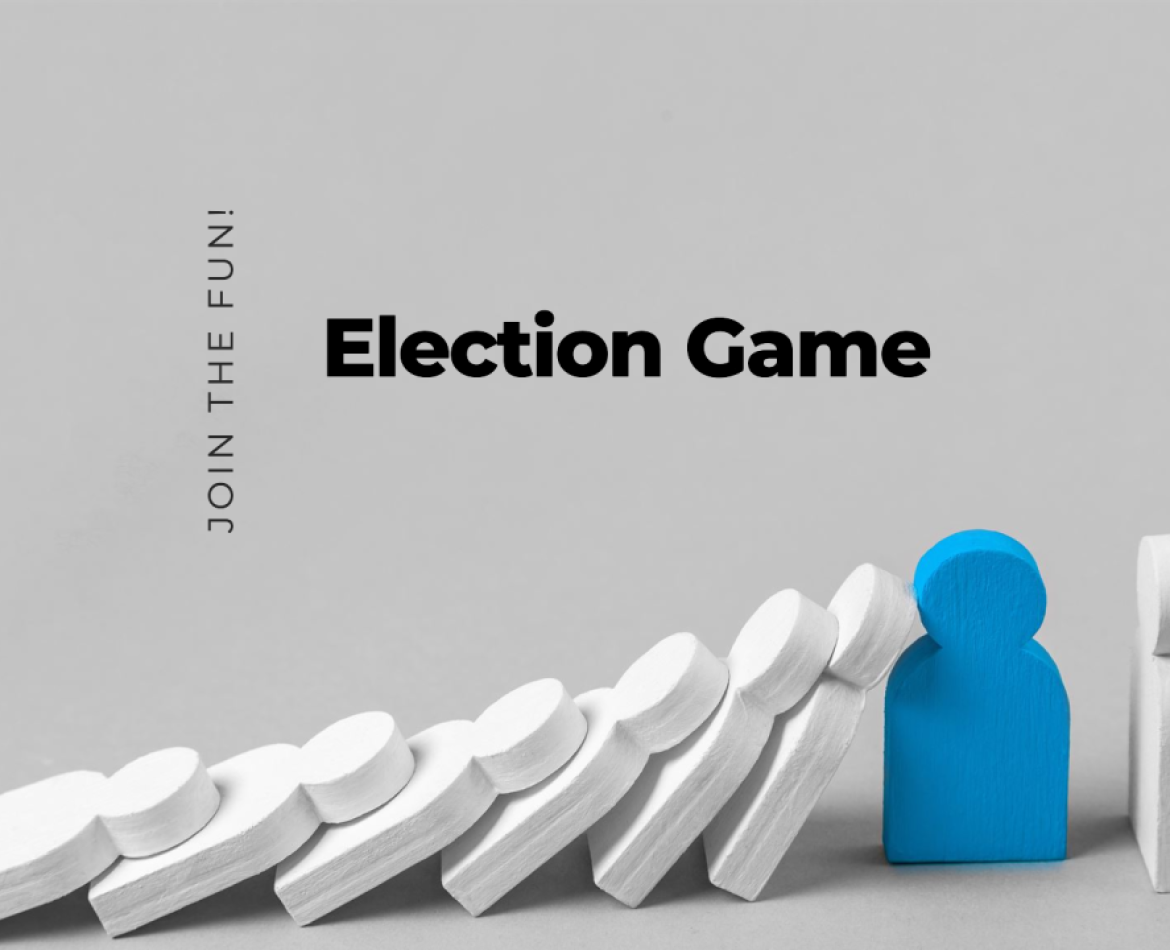
Afternoon at 17.00. Two days before Eid. I started pedaling my bicycle. Head to Papah’s house in North Dago Hill. Take the closest route: Bojong koneng – Cihalarang – Dago Resort – Bukit Dago. The distance is only about 8 km. With a beautiful hill view. It took 20-25 minutes by car. Looks like it only takes 60 minutes if you ride a bike. I thought that afternoon. Self-confident. Or just forgot. Forgot I’m currently fasting. Forgot it’s been a month without cycling. Also forgot there are at least 5 inclines on the track. Which makes amateur cyclists like me guide their bikes. Friendly yet full of love.
After the first climb, my legs started to feel weak. Shortness of breath. My eyes began to dim. The heart rate is faster than usual. stop. Get off the bike. Sitting on a patch of dirt by the roadside. Leaning against the bamboo fence. Feeling awful. Want to faint. But embarrassed.
It took a while until I finally started to stand up again. The desire to be able to break the fast with warm sweet tea and fried foods become the motivation. To stand up, to continue again.
Motivation is interesting. Believed to be the driver of our behavior. Many are trying to understand how this motivation actually affects us. Also when we talk about gamification. That is when we try to motivate participants to take a (good) action, by utilizing the concept of the game, outside the game itself.
There are many theories about motivation. Maslow’s Theory of Hierarchical Needs, Hertzberg’s two-factor Theory, McClelland’s Theory of Needs, Alderfer’s ERG Theory, as well as several other theories (reference links). Each theory tries to give a point of view, on how exactly this motivation might affect us. It is important when we try to optimize our potential in learning as well as working. Therefore, it is widely discussed in the context of education as well as business. It’s more interesting when we talk about education in a business or corporate environment. There, gamification is also a current trend.
In 2007, BJ Fogg, a behavior scientist at Stanford University, introduced the Fogg Behavior Model.

Which illustrates that behavior occurs when the motivation, ability, and the right trigger (prompt) are present at one time.
This model provides an interesting point of view.
For example, we happen to be the Vice President of Human Resources. Or the head of Corporate University. Or the head of the Learning Center. Want all employees to learn with enthusiasm. Wholeheartedly. Not just pep talk. You have to be aware, that this is not just a matter of motivating employees. But it is also a matter of understanding the learning abilities of employees. Also what triggers can be presented according to company regulations. Then try to combine them all to encourage certain behaviors.
What kind of combination is optimal? There is no standard formula. Must be tried, felt, and improved. Therefore, the process should be gradual. Then it can be iterated, adjusted, and optimized. Not just rushed in a month.
A good concept of gamification can present a certain motivation. It can also be a trigger. But what behavior might be presented must be adjusted to the ability of the target participants. So gamification is not about making magic apps. To encourage people to do what we expect. Anything. In the blink of an eye.
Gamification is a matter of trying to provide adequate motivation. It’s a matter of presenting a qualified trigger. This requires understanding. About the target participants. About their abilities. About what the right trigger. Also a matter of what might motivate them. For all of this, formulating the concept of gamification requires the full involvement of those who have empathy. Who cares. Not just implementation to meet KPIs.
That afternoon the call to prayer was heard when I arrived at SDN Ciburial 01. I was only halfway. Stop to join iftar. In a simple little shop. There happened to be 5 thousand in his pocket. Enough to just buy sweet tea. Unexpectedly, I even treated to all kinds. Fried food. Banana. Cake. Also rice. Plus the warm chat of grandmother and grandfather of the shop owner. All becomes a great fortune.
Maybe motivation, abilities, and triggers that are present at one time can indeed encourage us to do something. But about fortune – it seems that it will always be a mystery.
—
Original article: https://ekonugroho.id/pingsan-tapi-gengsi-motivasi-dan-gamifikasi/
Photo by Brett Jordan on Unsplash
Related Posts

Apakah Game Bisa Jadi Alat Edukasi Pilkada / Pemilu yang Lebih Bermakna?
Apakah Game Bisa Jadi Alat Edukasi Pilkada / Pemilu yang Lebih Bermakna? 1️⃣ Mengapa Edukasi Pilkada/Pemilu...

Pentingnya Game Based Learning Untuk Perkembangan Organisasi
Pentingnya Game Based Learning Untuk Perkembangan Organisasi Setiap pagi selesai sarapan saya biasa mengambil...

Happy Mudik Recipe: See It As A Game
Happy Mudik Recipe: See It As A Game Once, I entered the train through the window. My body was lifted by my...
